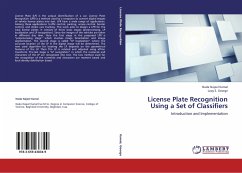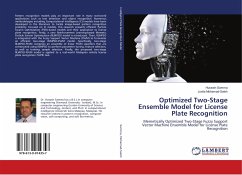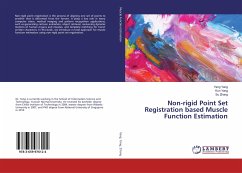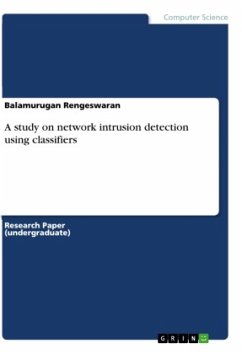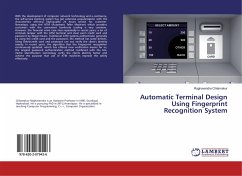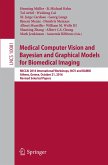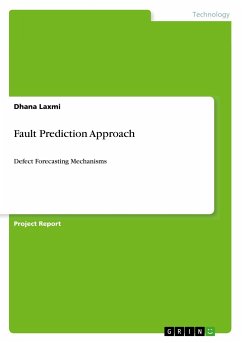License Plate (LP) is the unique identification of a car. License Plate Recognition (LPR) is a method used by a computer to convert digital images of vehicle license plates into text. LPR have a wide range of applications. Among these applications: traffic control, parking, access control, border control, and stolen cars tracking. This work aims to design a LPR for the Iraqi license plates. It consists of three basic stages (preprocessing, LP localization and LP recognition). Since the images of the vehicles are taken in different day time, then the first stage in the proposed LPR is "preprocessing stage" which involves image binarization and image segmentation. The second stage is called "LP localization" where the accurate location of the LP in the digital image will be determined. The new used algorithm for locating the LP depends on the geometrical features of the LP. Then The LP is rotated and adjusted using affine transform. The last stage is "LP recognition" in which the numerals and characters of the LP are recognized into text. The two method used for the recognition of the numerals and characters are moment based and local density distribution based.
Bitte wählen Sie Ihr Anliegen aus.
Rechnungen
Retourenschein anfordern
Bestellstatus
Storno

